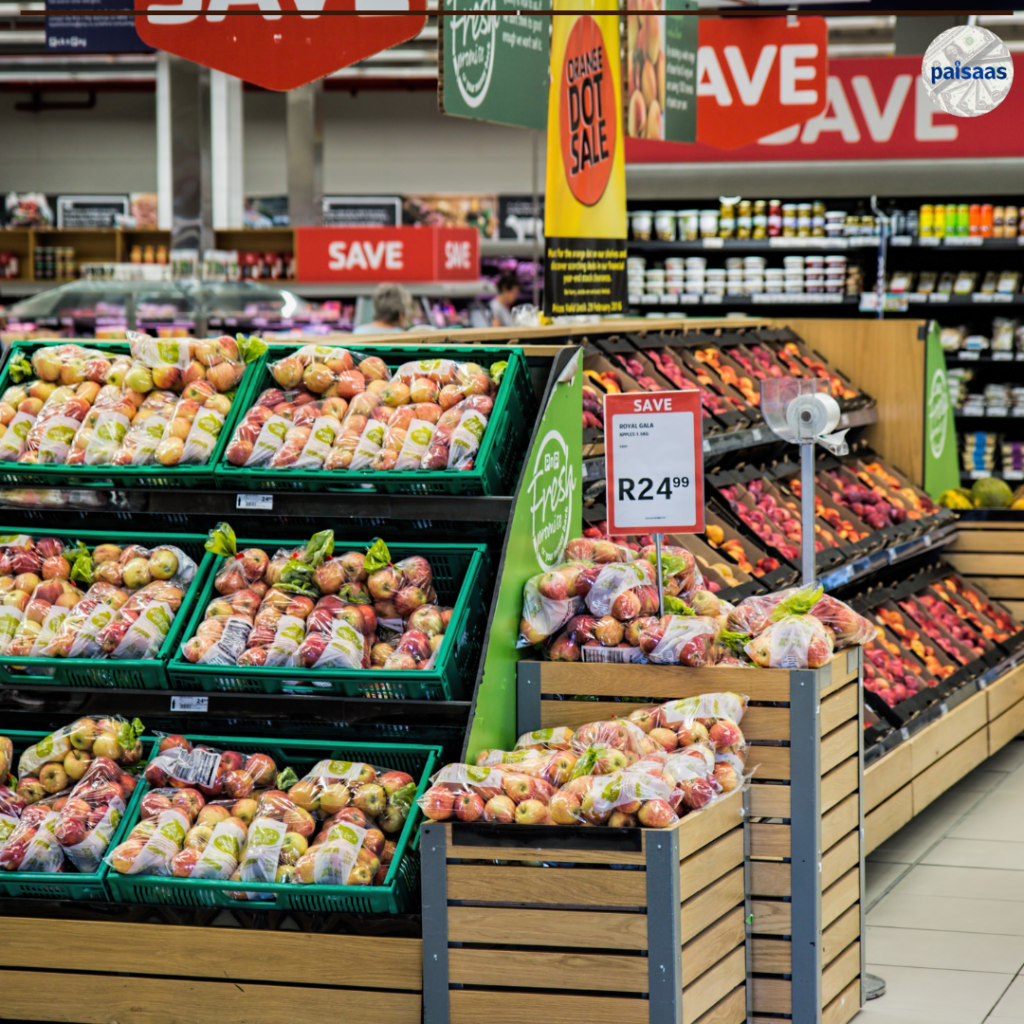

The impact that inflation has had on income in rural areas
The impact that inflation has had on income in rural areas
The nation’s rural economy has been the source of several troubling reports recently. The rate at which the economy in rural areas is becoming better has slowed down. In March, wages in rural regions fell for the sixteenth consecutive month, making this a trend. On the other hand, there is a survey that indicates that customers still favour only branded items that come in compact packages, despite the fact that inflation has been on the down.
The impact of inflation on income
The individuals who live in rural regions have seen a decline in both their income and their ability to buy things as a direct result of the high rate of inflation. Rural areas have seen a large rise in the rate of unemployment as well. The fact that there was a higher demand for labour under the MNREGA in the month of June is more evidence that this is the case.
Under the MNREGA programme, around 4.42 crore individuals were employed during the month of June. This is a 2.3 percent increase from the previous year’s total. During the month of May, there was a rise in the number of people looking for job under the MNREGA programme. In the month of June, the jobless rate hit an all-time high of 8.73%, according to a study that was compiled by the Centre for Monitoring the Indian Economy (CMIE).
sluggish sales of motor vehicles
If we base our analysis on the sales of automobiles, we see that there are conflicting signals. Between the months of January and May, there was a 7 percent rise in the total number of tractors sold. However, during the month of June, Hero Moto Corp. saw a drop of nine percent in the number of cars it produced at its facility. Rural areas make up roughly half of Hero’s overall output market share. In general, sales of motor vehicles continued to be slow.
Small pack demand
Despite the fact that inflation has been on the fall in recent months, one more major discovery linked to the economy is that customers still prefer branded things that come in small packages. This is an important finding since it relates to consumer spending. When compared to the previous month, sales of products sold in individually wrapped portions increased by 23 percent during the month of May. A great level of interest was shown in these products, particularly among customers living in more remote areas of the country.
The previous year, when there was a period of high inflation, people purchased items that were supplied in little packets, but they did so with the hope that prices would drop at some point in the future. Despite this, there was a discernible rise in the number of units sold of these products even as recently as the month of May of this year.
When compared to products that come in medium pack sizes and large pack sizes, the percentage of things that come in small pack sizes has greatly increased, as stated by Bizom, a platform that is linked with over 75 lakh grocery stores. This is in contrast to the products that come in large pack sizes. This position is considered as a cause for concern on the part of FMCG firms because of the enormous influence that sales in rural regions have on the growth of FMCG enterprises; as a result, these firms are concerned about the situation.




